Electric cars are the new frontier, the opportunity to try something new. Or not.
If we’re realistic, the pool of adventurous early adopters who are open to buying a radical-looking starship has been mostly exhausted by now. Many other buyers, even if they can hold their nose at the high prices of electric cars (we’ll get to that), want something more familiar.
And that’s where we are today. Not only are this electric Mini Cooper SE and Abarth 500e two very comforting shapes that hark back to the 1950s, but they also generally seem to have been developed so that people trading up from their petrol-powered predecessors are spared from too much culture shock.
Before this test, I spent some time in the three-cylinder petrol-powered Mini Cooper C, and swapping to this brand-new electric one, I was struck by how similar it felt. It’s heavier and obviously has no engine or gearshifts, but there’s a very clear family resemblance in the way it goes down the road.
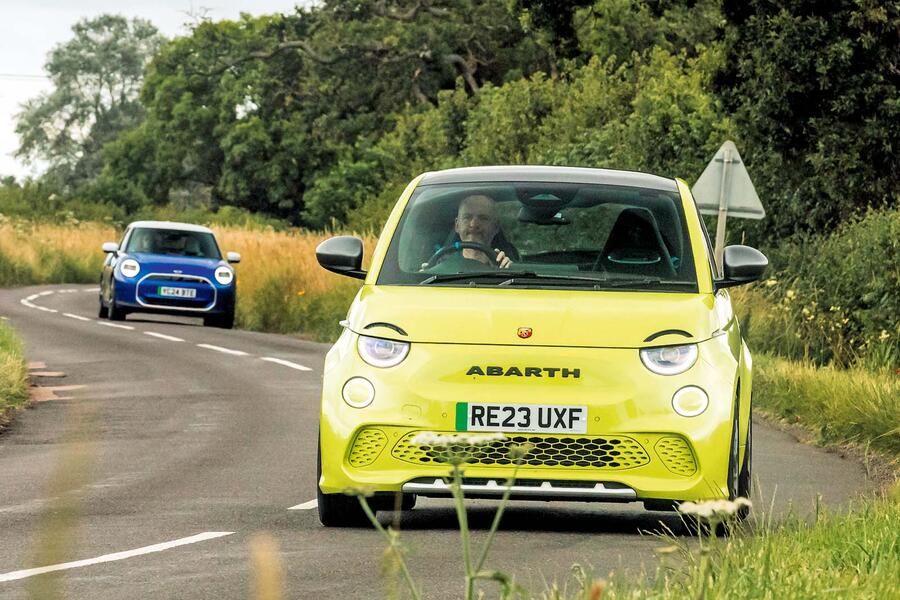
Special correspondent James Disdale, who came to help with driving, remarked much the same on getting out of the Abarth, saying how it felt like an electric extension of the petrol Abarth 595.
While this strategy of ‘the same, but electric’ is intended to engender familiarity, it also moves the electric car into the cut-throat territory of hot hatches. All of which raises the question of whether EVs have finally reached the point where an electric hot hatch is a viable concept.
In a sense, we asked this question when the Abarth 500e was launched. It had no direct rivals at the time and the answer was a cautious ‘ish’, but it was clear that, as a driver’s car, it leaves plenty on the table. Now that there is a very direct rival in the pebble-smooth shape of this new Mini – with more contenders on the way – let’s ask the question again.
Introducing the Mini Cooper SE and Abarth 500e
Quick links: Background - Electric range - Interior - Infotainment systems - Driving dynamics - Verdict - Winner - Specs
Mini Cooper SE vs Abarth 500e: background
It had been a while since I’d driven the Abarth, so I took our 500e long-term test car home for a few days. Judging by its signs of contact with everyday life – including a vague smell of dog and various chocolate bar wrappers shoved into the door bins – it is clearly being put to almost every imaginable test by various staffers and it’s easy to see why it has been attracting so much interest: the 500e is a charming thing.
Its tiny dimensions (yes, many older cars are smaller but don’t write in: you try getting one through a Euro NCAP test), four-square stance and relatively sticky Bridgestone Potenza tyres mean that the Abarth feels instantly chuckable. Even the narrowest country lane becomes a good driving road. There’s fairly meaty steering and a decent set of sports seats too, so you instantly feel at home.
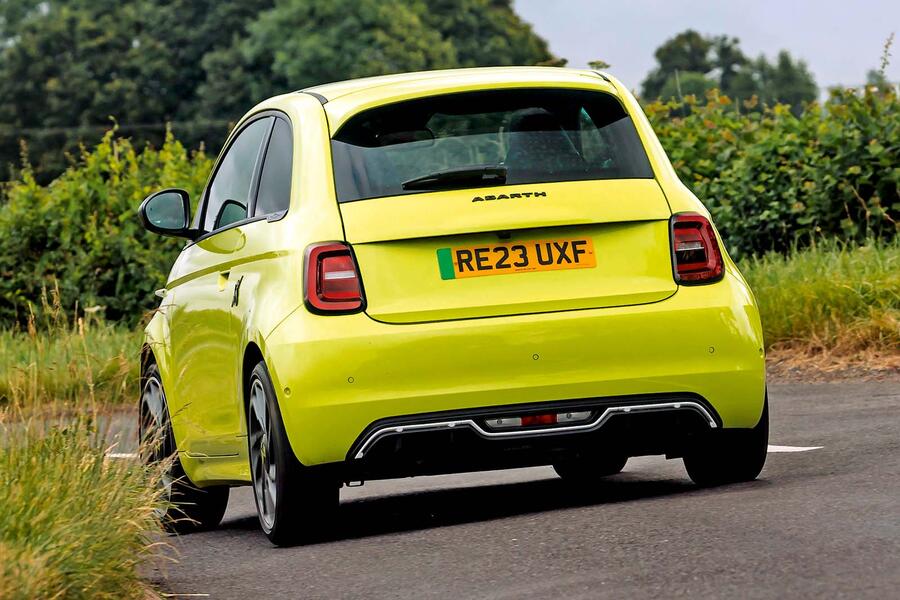
Do you miss the ebb and flow of noise as the engine revs up and down? I don’t particularly. Given the realistic alternative in 2024 is a powerful but wheezy-sounding three- or four-cylinder turbo lump attached to an automatic gearbox, I really enjoy silently whizzing through the countryside, experiencing the instant, linear power while not drawing undue attention to myself with noise.
And if you don’t, well, you’re off to the classified ads, because with the Hyundai i20 N now gone, the last compact new hot hatchback with a manual gearbox has bitten the dust. The Ford Focus ST is a much bigger car, and unless you’ve got £45,000 and some serious dirt on your local Toyota or Honda dealer, you’re not getting a GR Yaris or Civic Type R.
The Abarth provides some sort of substitute for engine noise in the form of its sound generator, which replicates the noise of a petrol Abarth stuck in second gear. But really, the lo-fi burble is plain awful and anyone who tries it scrambles to switch it back off.
Even with it silenced, elements of the 500e start to grate. At 6ft 2in, I’m tall but not freakishly so. With the driver’s seat as far back as it will go, my thighs are lifted way off the seat and cramp sets in soon. Even if you’re shorter, you sit oddly high and there’s no space for your left foot in the weirdly tight footwell. And while your mileage might literally vary, 140 miles just isn’t very much.
Mini Cooper SE vs Abarth 500e: electric range
Two hundred miles, on the other hand, is the sort of range that gives you some room to breathe. That’s what you can get from a full charge in the Cooper SE. These are real-world, achievable ranges, by the way – not the optimistic WLTP figures. We chose the longer-range, more powerful Cooper SE for this test, because with a starting price of £34,500, it matches the Abarth.
However, in terms of usable range (about 150 miles or so), the £30,000 Cooper E is actually a closer match.
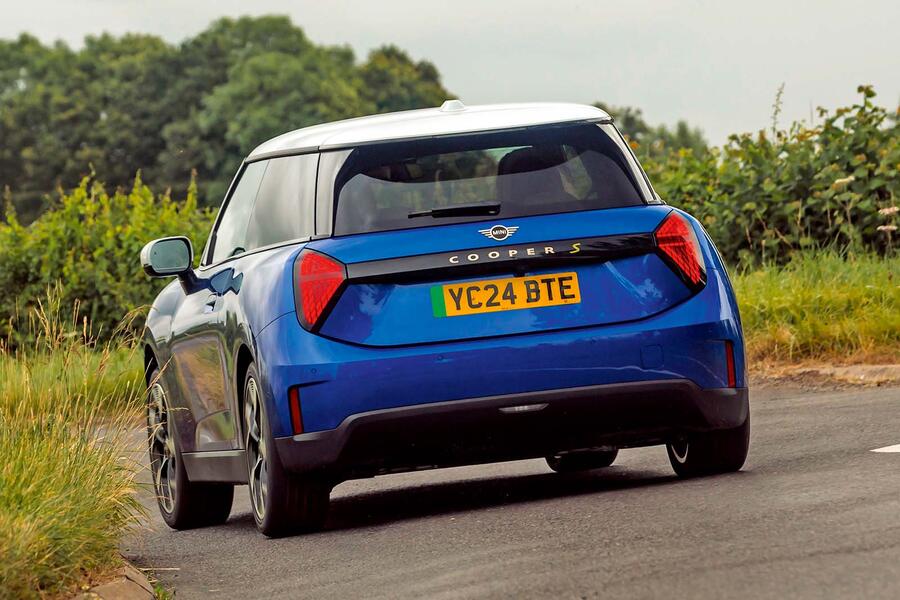
And as charming as the Abarth might be, it becomes clear very quickly after getting back into the Mini on the day of our photoshoot that the Cooper is easily the more rounded and thoroughly developed car.
There’s that range, which comes not only from a bigger battery (49.2kWh versus 37.3kWh) but also because the Cooper is slightly more efficient in regular use, returning 4.2mpkWh rather than 4.0mpkWh in similar driving conditions. It charges a bit more quickly too.
Mini Cooper SE vs Abarth 500e: interior
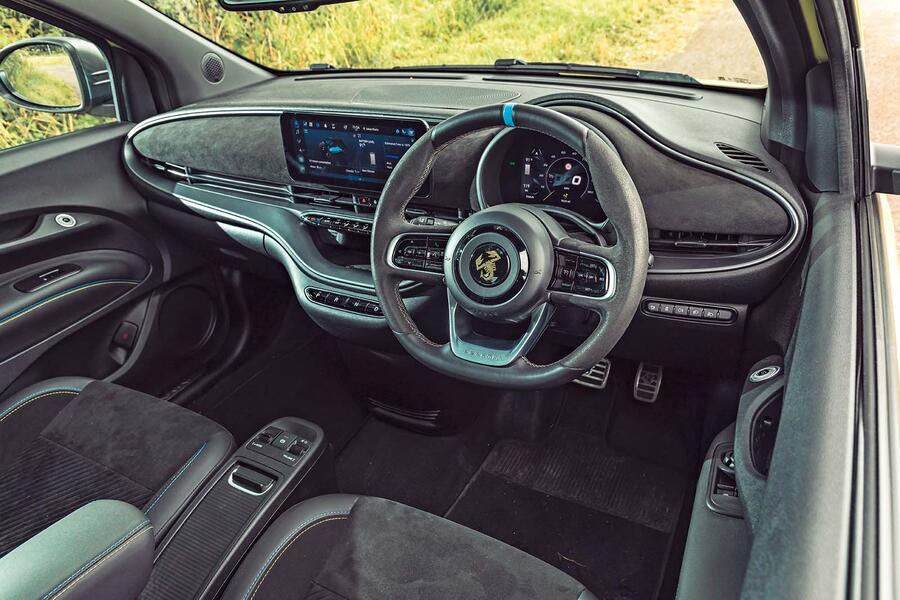
Inside, it feels much more like the small premium car you expect for the price, whereas the Abarth has stronger ‘tarted-up city car’ vibes. Sure, the Italians know how to wield the Alcantara, and they’ve deployed it liberally and successfully, but it can’t cover up all the hard plastics or that compromised driving position.
There’s evidence of cost cutting in the Cooper too, mind. I bet that getting rid of most of the buttons and the separate gauge cluster saves Mini a fair few quid; likewise the simpler seat design, which has lost a lot of the adjustability you got in the previous generation.
But your eye is instantly drawn to the coarse-knit fabric on the dashboard and doors, and the big round screen, with its cheery graphics. The buttons, stalks and handles that do remain have the haptics to make the Mini feel like a quality item. Its driving position might be higher than in the old car, but it’s miles more comfortable and purposeful than the 500e’s.
Mini Cooper SE vs Abarth 500e: infotainment systems
I’m conflicted about the infotainment systems. I’m loath to criticise the Abarth’s, which looks fine and works quite well, as these things go, whereas the Mini’s has its fair share of usability problems. However, in the Mini it feels like an integral part of the car, an extension of the design philosophy, rather than a parts bin screen plonked on top of the dash.
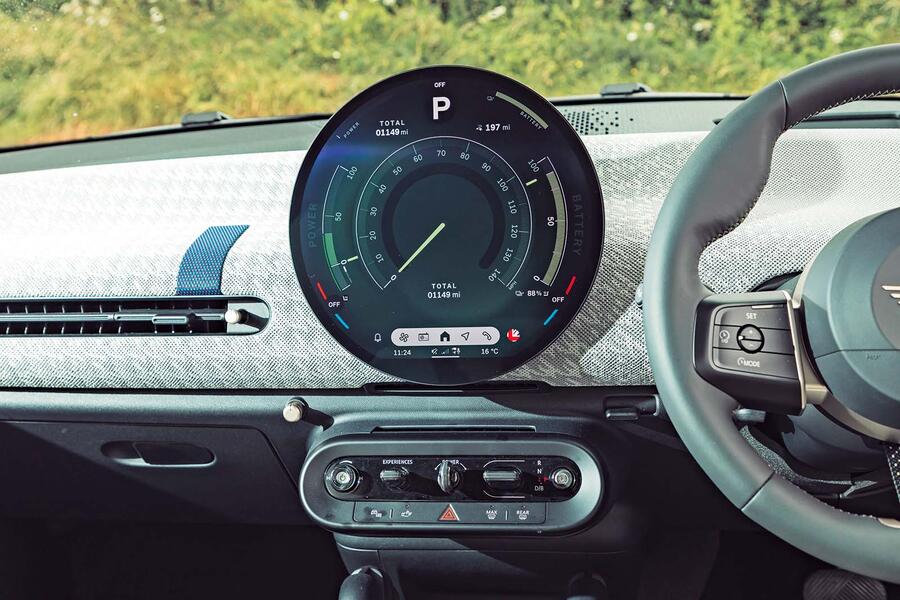
Mini Cooper SE vs Abarth 500e: driving dynamics
The cohesiveness of the Mini is also evident in the way it drives. Neither of these cars has a freewheeling mode for the regen and they both always slow down a bit when you ease off the accelerator. But while the Mini lets you smoothly feed in the deceleration, the Abarth is more on/off and therefore more frustrating to try to drive smoothly.
Initially, the Abarth has the nicer steering, giving slightly more weight than the BMW-typical light and patently electric-feeling rack in the Mini. But as you up the pace, the Mini starts quietly feeding back information about grip levels, which the Abarth never really does.
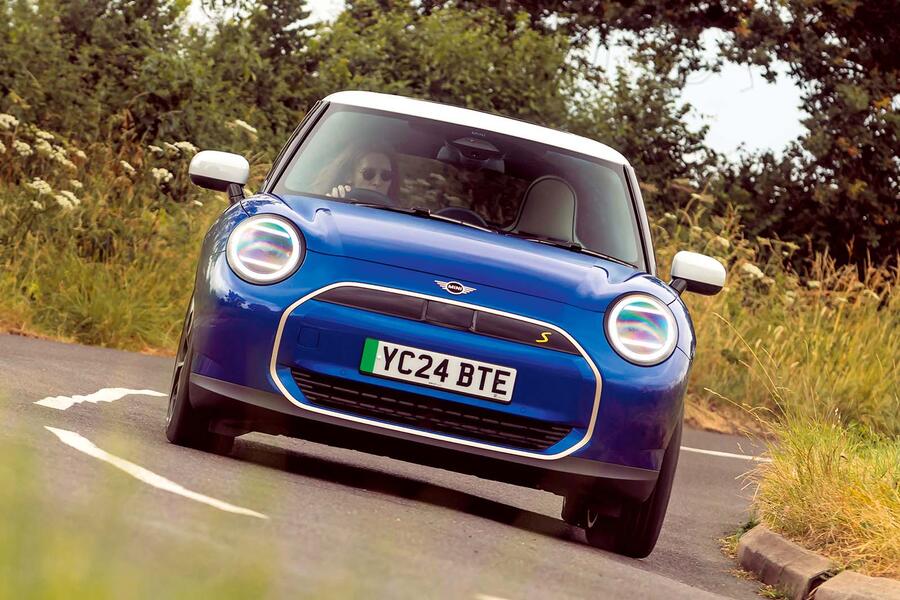
The Mini dives in to corners even more eagerly, and while the Abarth remains stoic when you back off the accelerator, the Mini will rotate like a proper hot hatch. Its traction and stability control are excellent, allowing for plenty of that sort of thing in Sport Plus mode.
Front-wheel-drive EVs can have serious traction problems, and while the Abarth will spin up its front wheels in the wet and then shut down the power, the Mini will rapidly reduce and release power to maintain traction.
Bumpy roads expose more of the Abarth’s weaknesses. Both of these cars have very firm suspension, the Mini more so than the Abarth, but the 500 isn’t as well controlled. It’s slightly crashier over bad surfaces, runs out of suspension travel on really challenging roads and, because you sit higher, any head toss and pogoing is amplified.
Mini Cooper SE vs Abarth 500e: verdict
Open and shut case, then. The petrol hot hatch is dead, long live the electric hot hatch, and the Mini Cooper SE is the leader of this newly revived class. Well, Disdale throws some cold water over my Mini Cooper love-in. He reckons it’s not really a Mini but more of a small BMW.
The whole design simplification has gone too far, he says, and it’s getting to the point where it’s too big and, in battery-powered form, too heavy. On the road, it translates to a fair chunk of torque steer and some laziness to your inputs.
He’s not wrong. If we’d brought an i20 N along, it would have shown both of these cars a thing or two about engagement, responsiveness and how to balance ride and handling, for considerably less money. But you can’t buy a new i20 N now, save for some leftover stock.
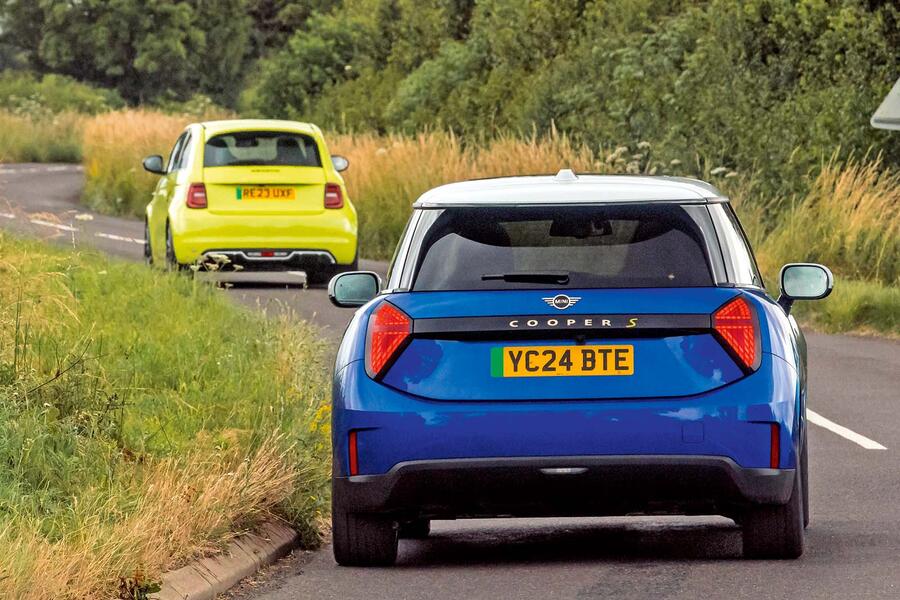
These two EVs may bear names once applied to hot hatchbacks, they have a level of power and performance that more than matches the recently departed greats and they carry a price that would have bought you all manner of fun not too long ago. Which all invites comparisons that ultimately prove cruel because, as pure driver’s cars, they’re not quite there yet.
Instead, with more of a ‘glass half full’ kind of view, they’re the start of EVs chasing more than just acceleration times. For the time being, it’s probably healthier to see them as enjoyable everyday cars with a dynamic streak – warm rather than hot hatches.
In that light, if the Abarth is a careful but creditable first attempt at a sporting electric hatchback, the Mini is the idea executed with more commitment (and more budget, probably).
As a warm electric hatch, it’s terrific, with distinctive looks inside and out, competitive electric credentials, and just enough attitude to be entertaining when the road opens up.
Mini Cooper SE vs Abarth 500e: winner
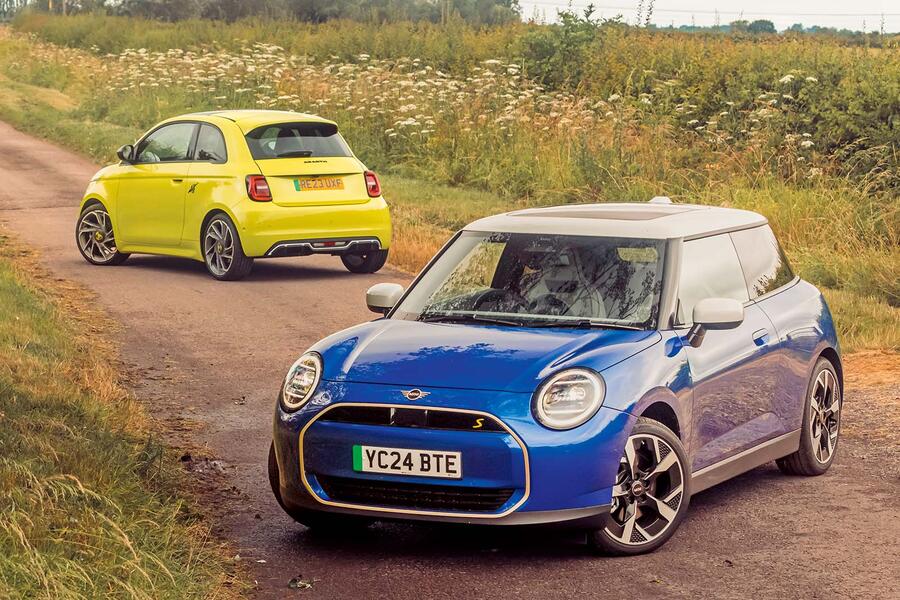
1st. Mini Cooper SE
Even if the weight still holds it back, the Cooper SE has the looks, attitude and most of the hardware to carry Mini values into an electric era.
2nd. Abarth 500e
Charming and good fun in isolation, but its dynamics lack some depth and its interior feels like it came out of a car half the price.
Specs
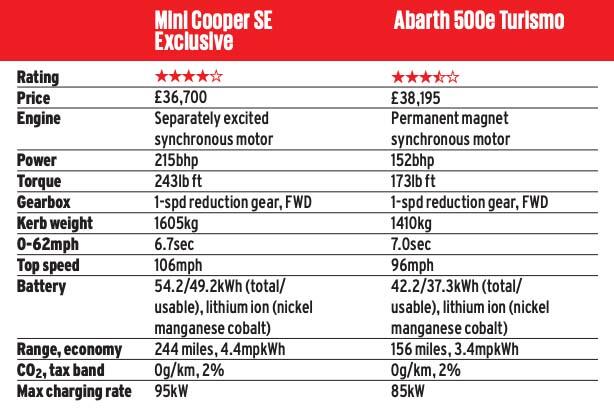

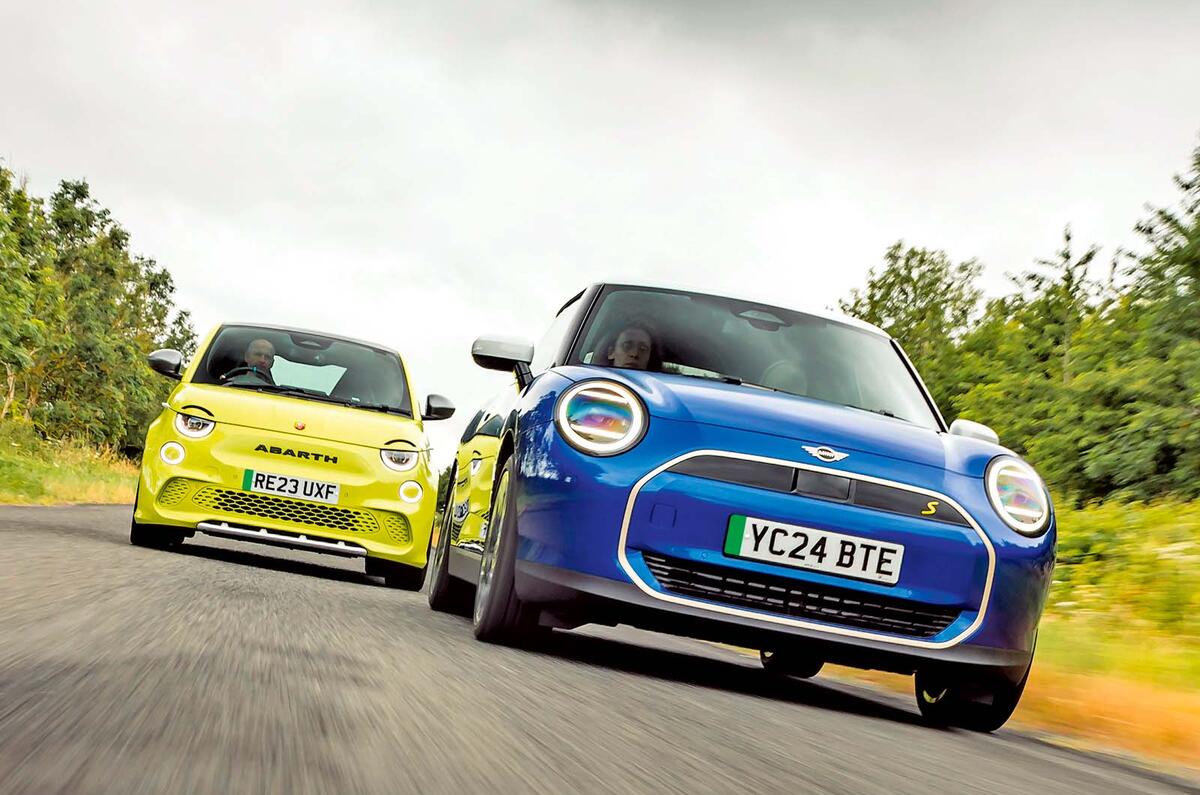
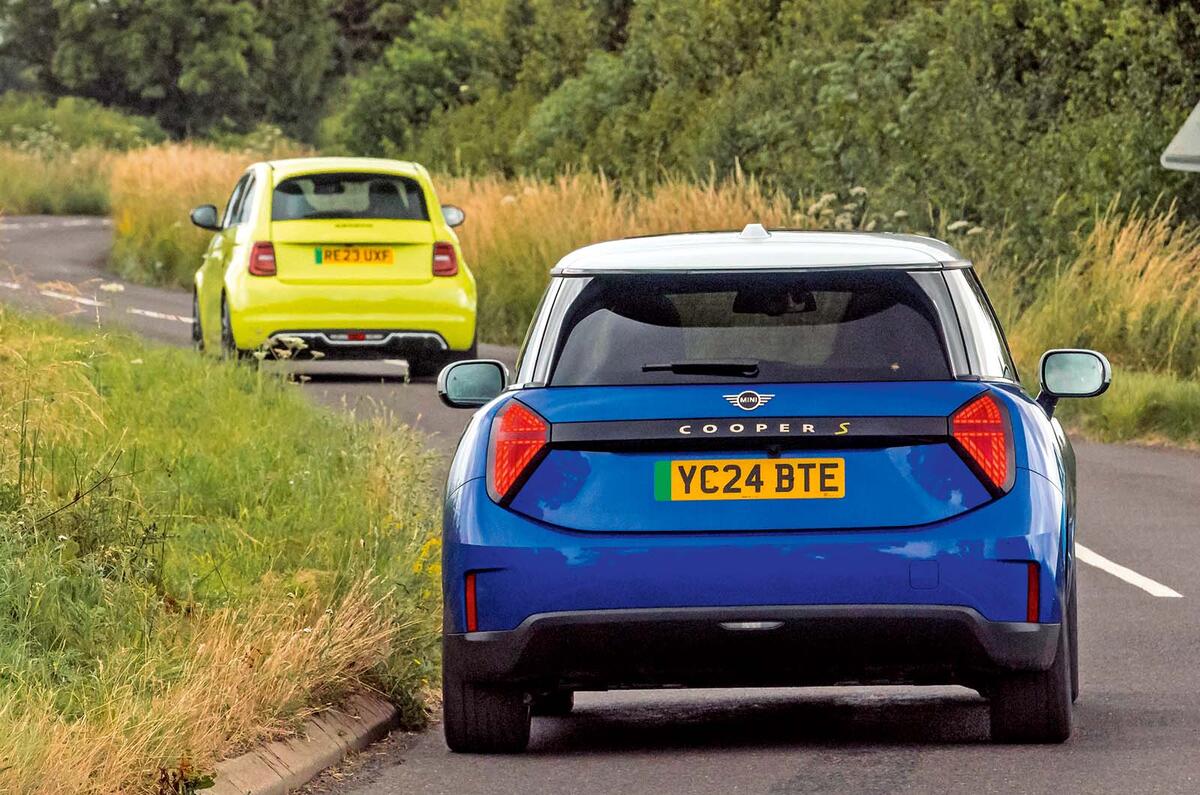
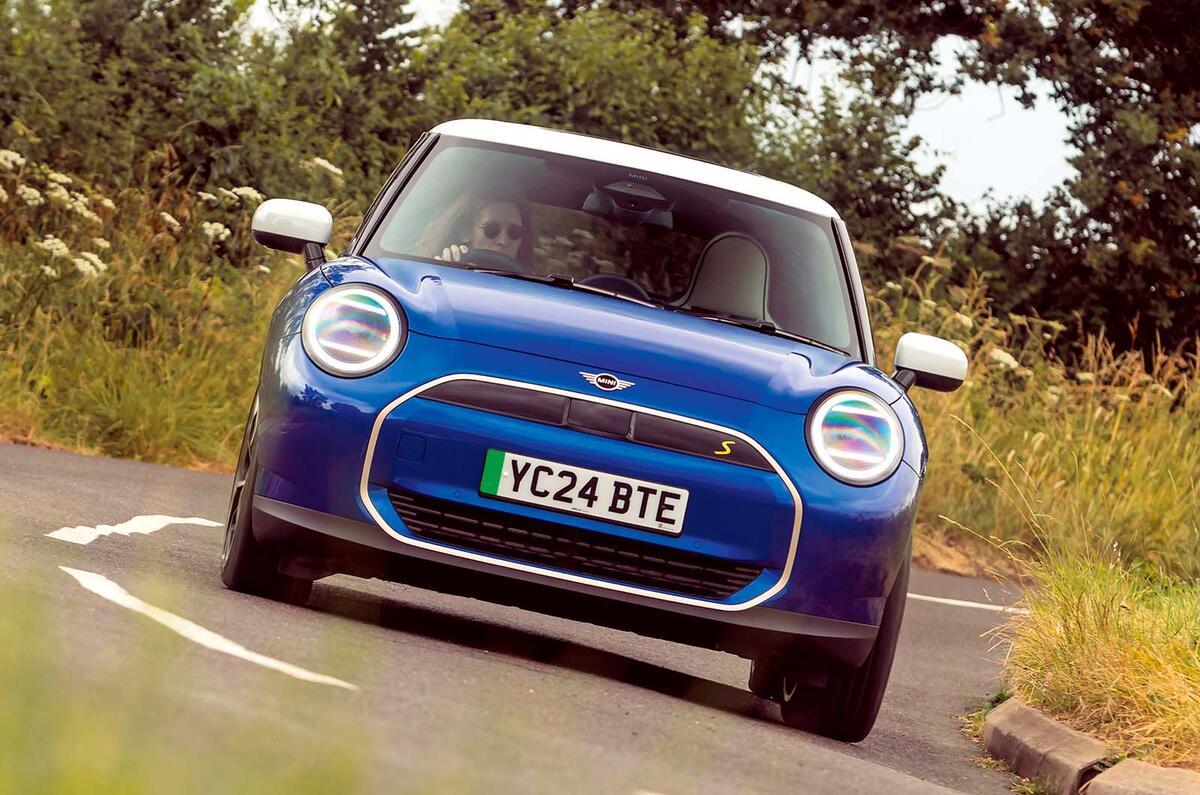
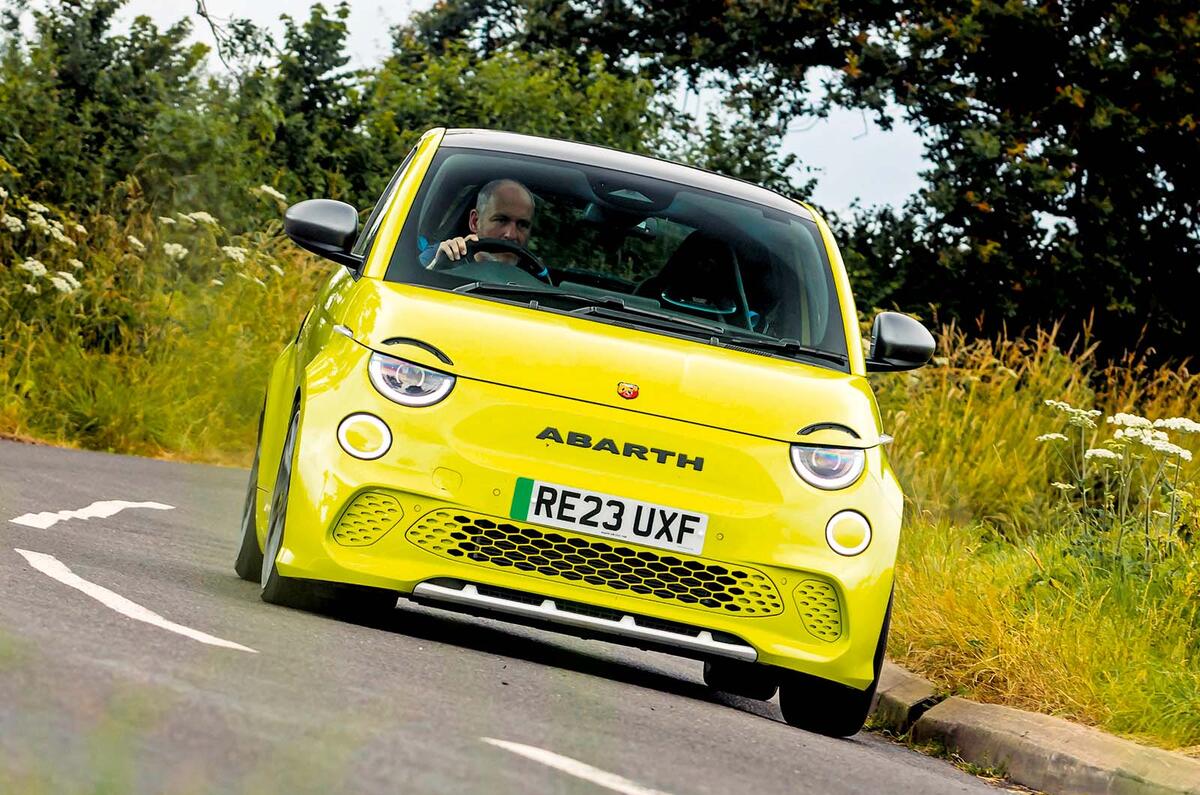

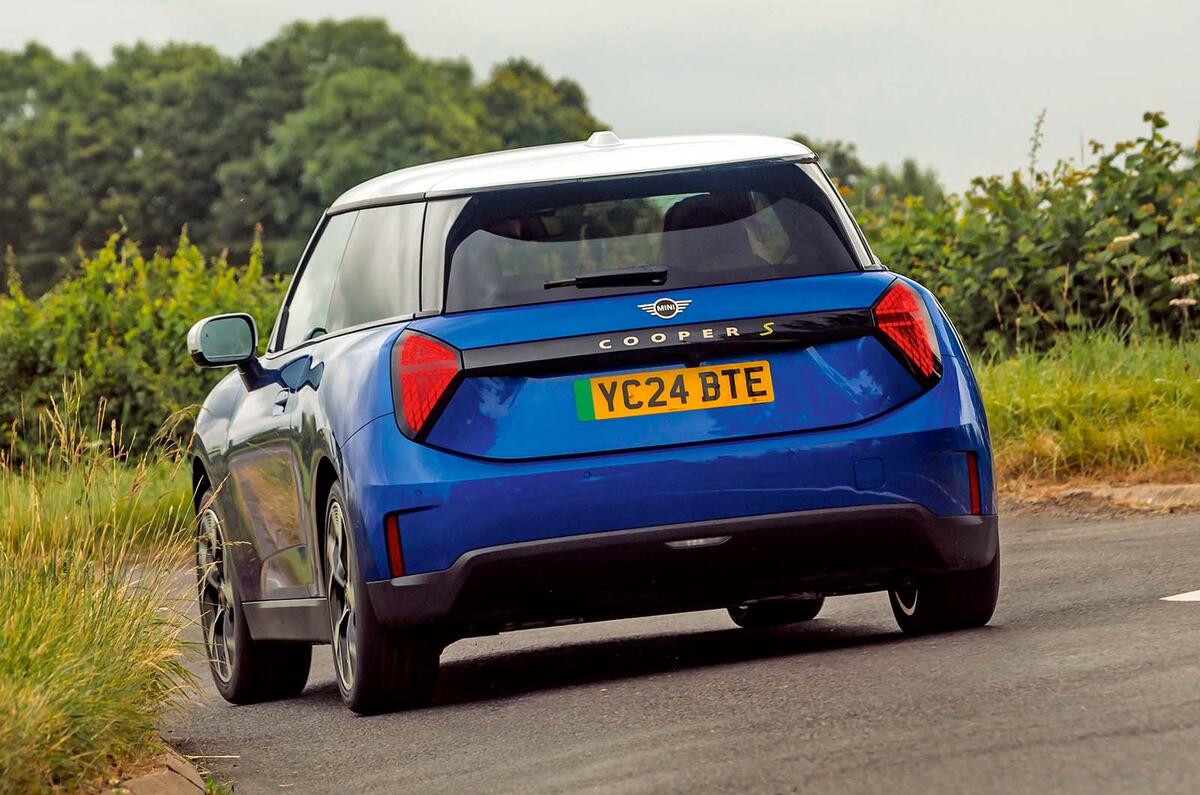
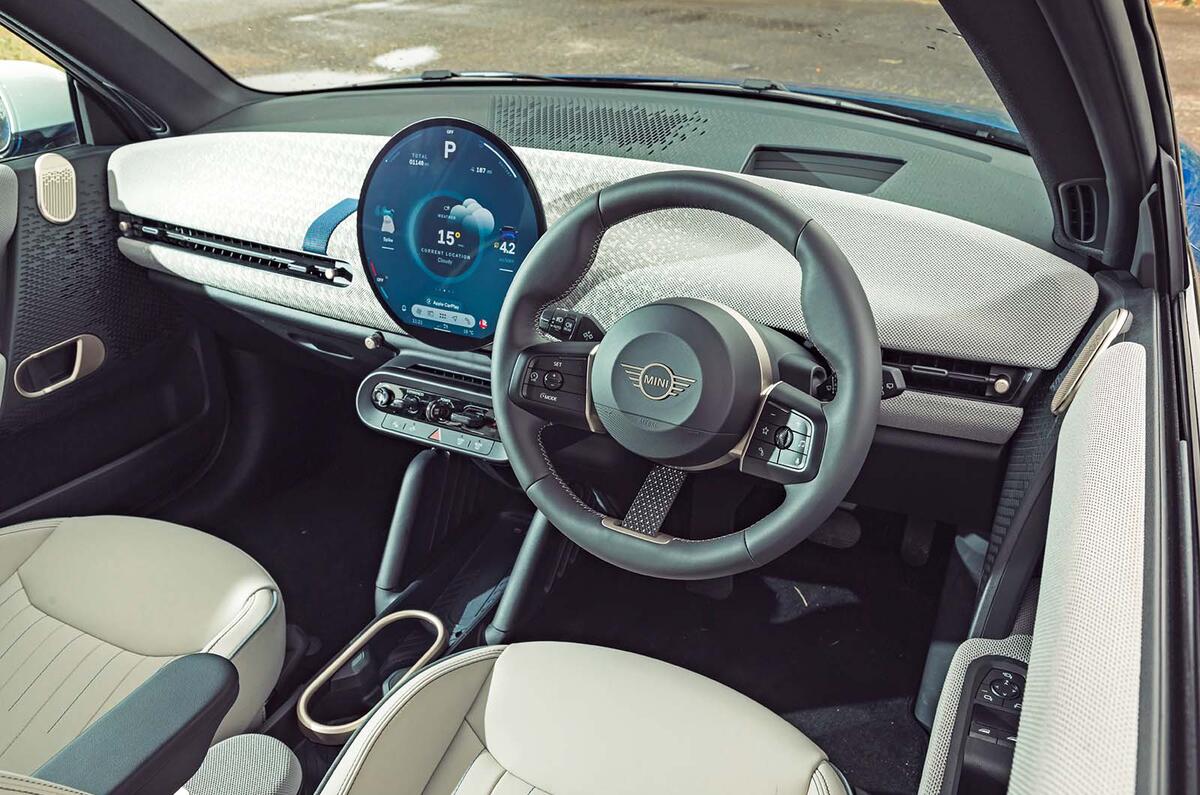
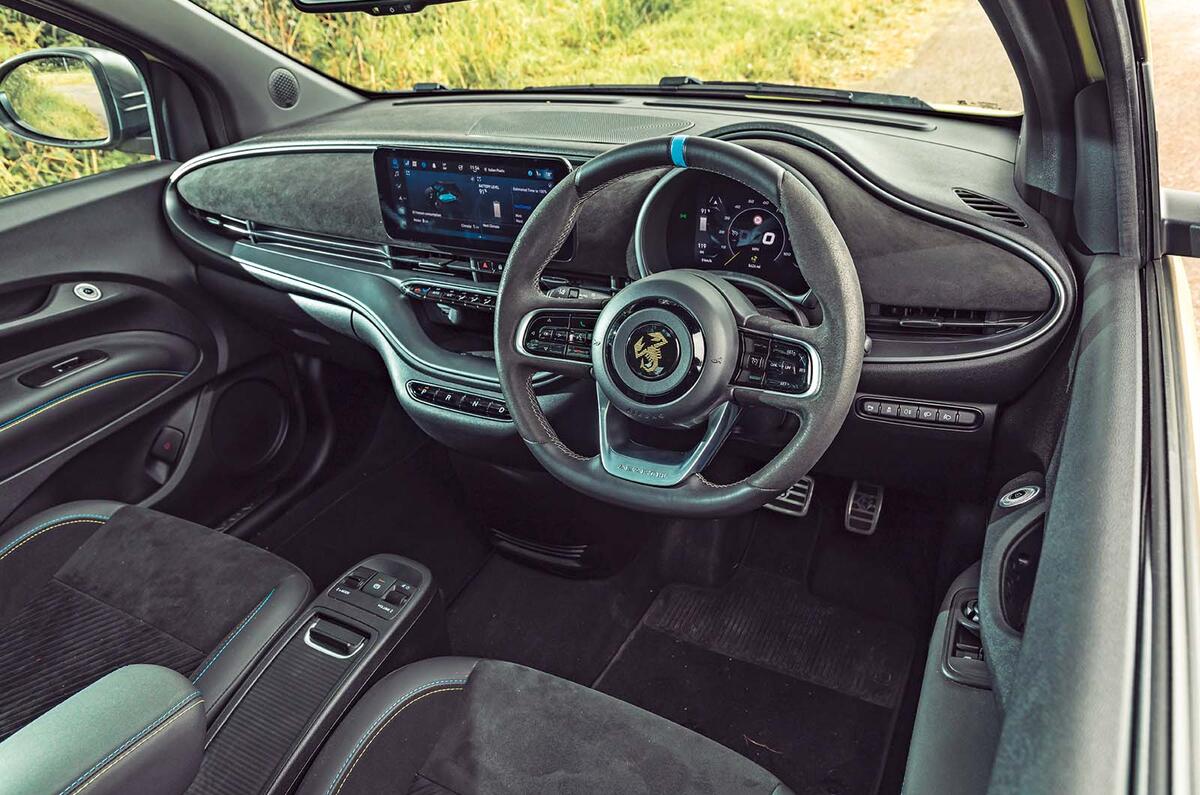
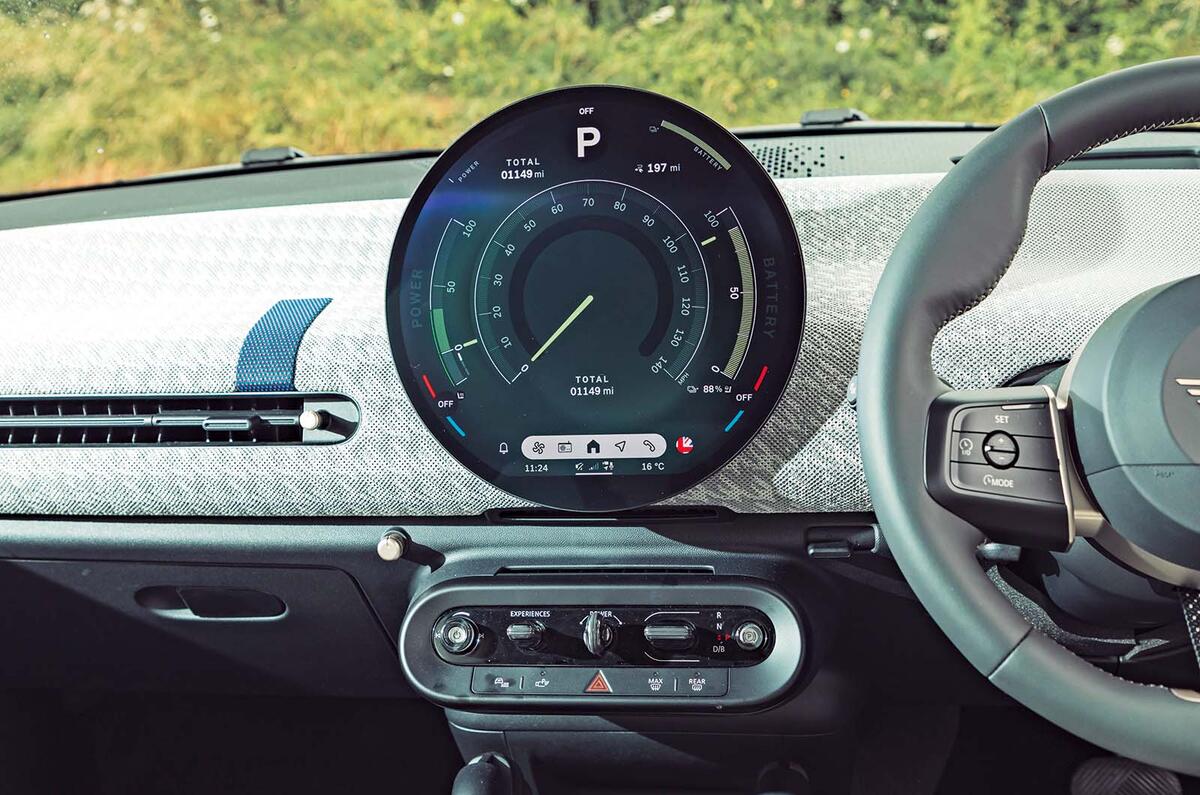
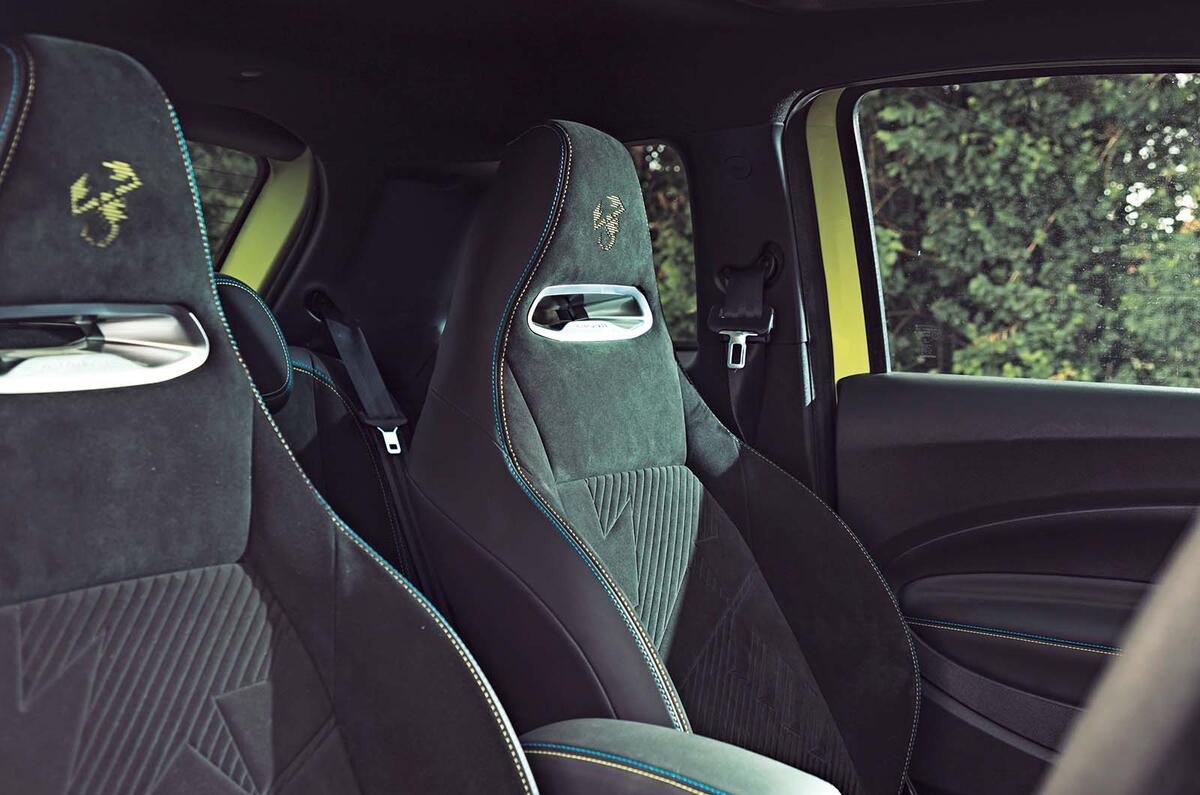
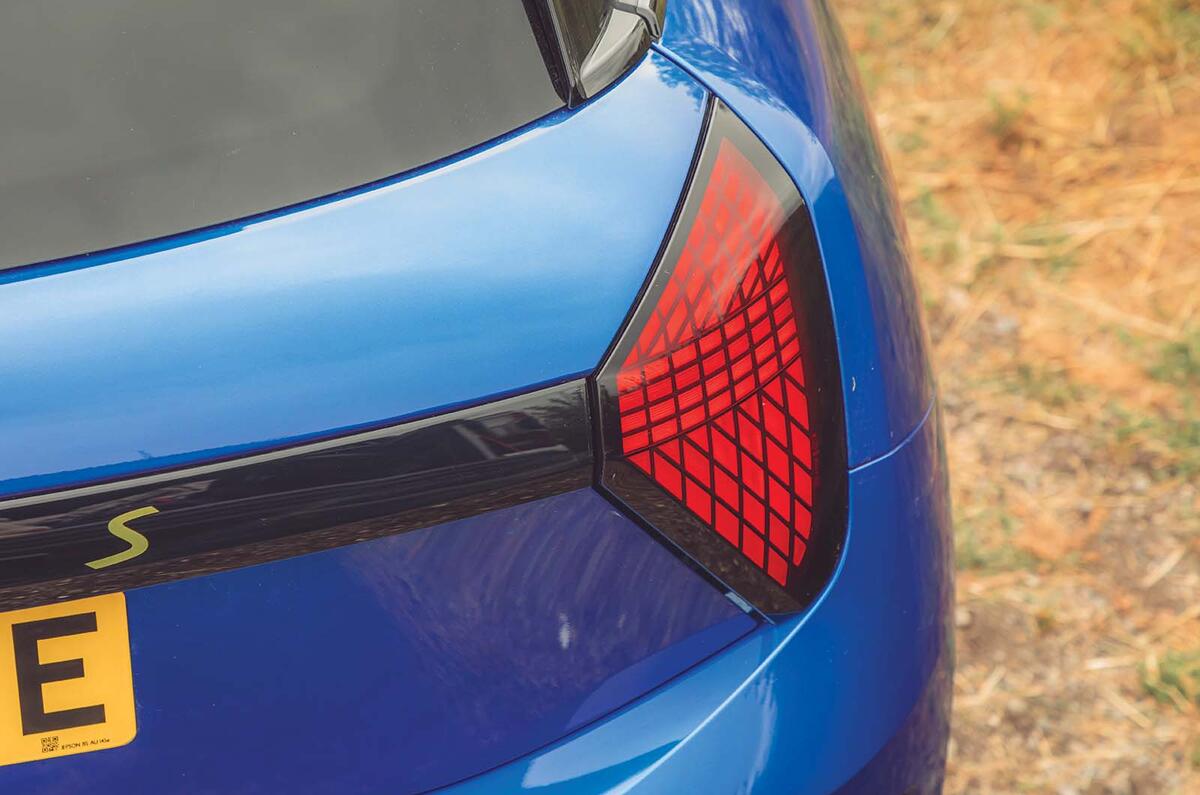
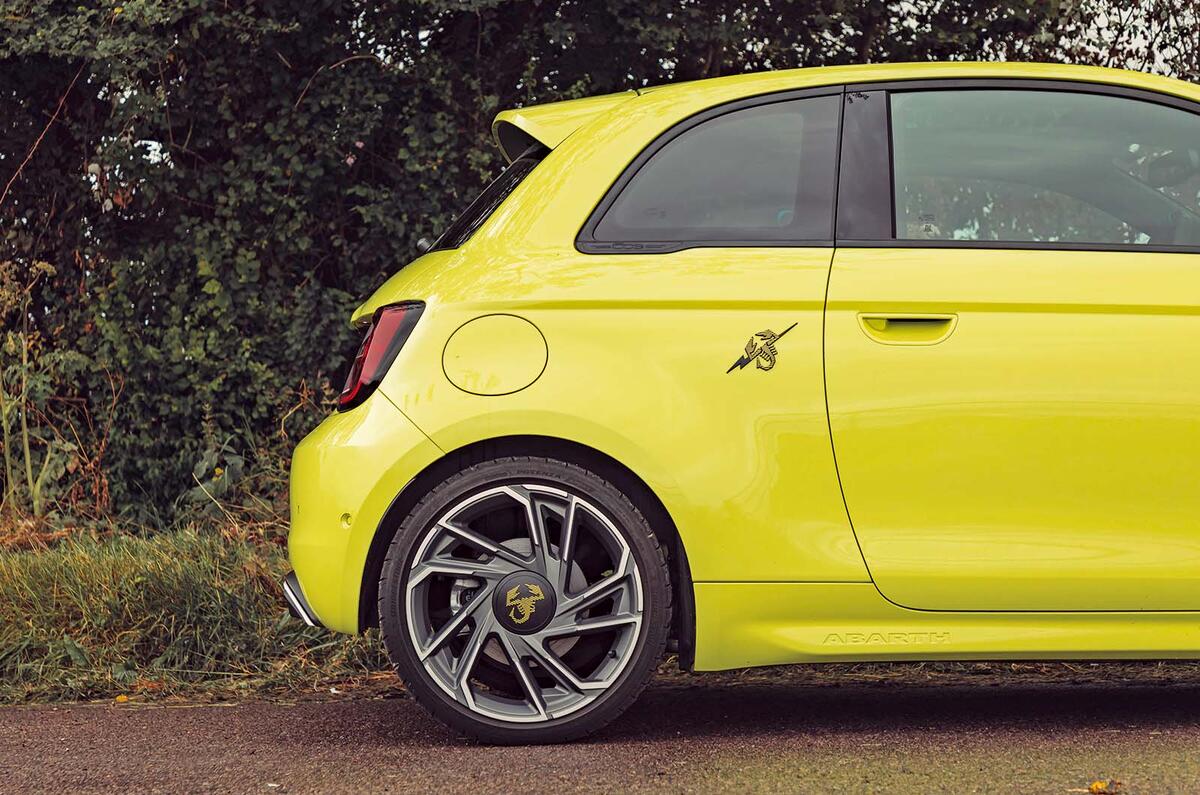
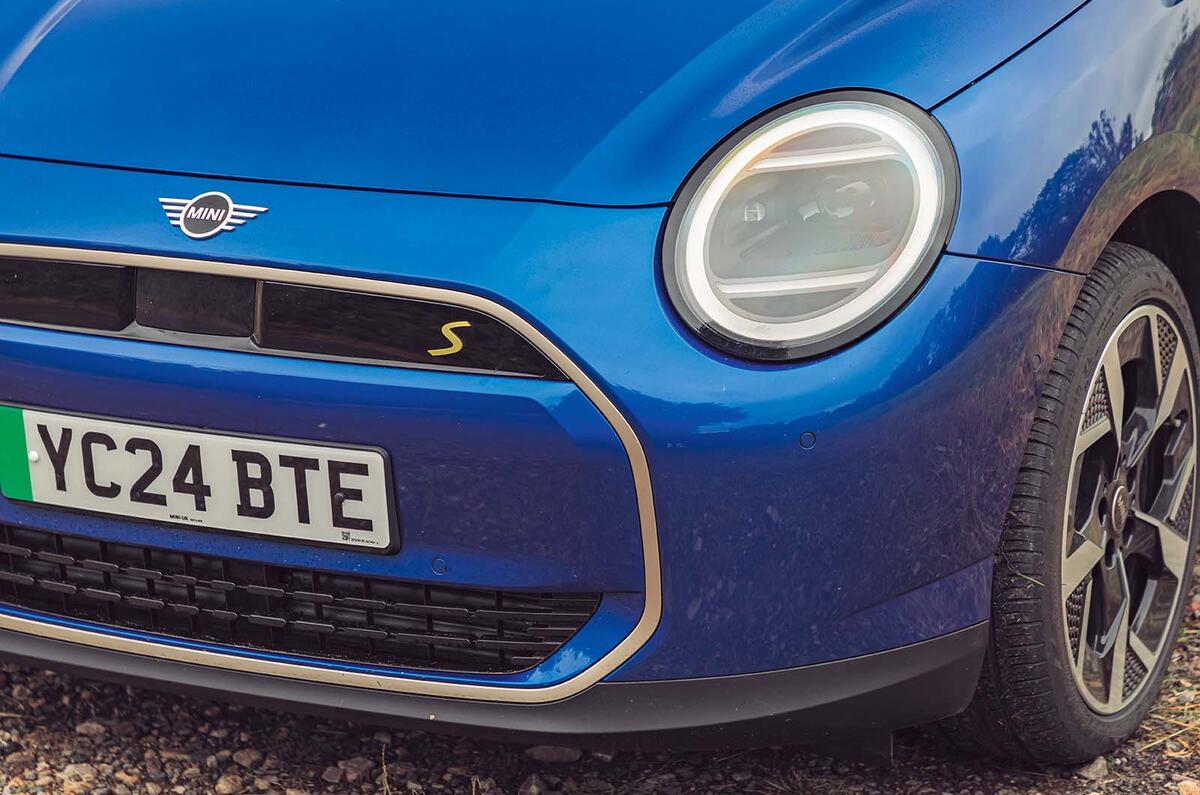
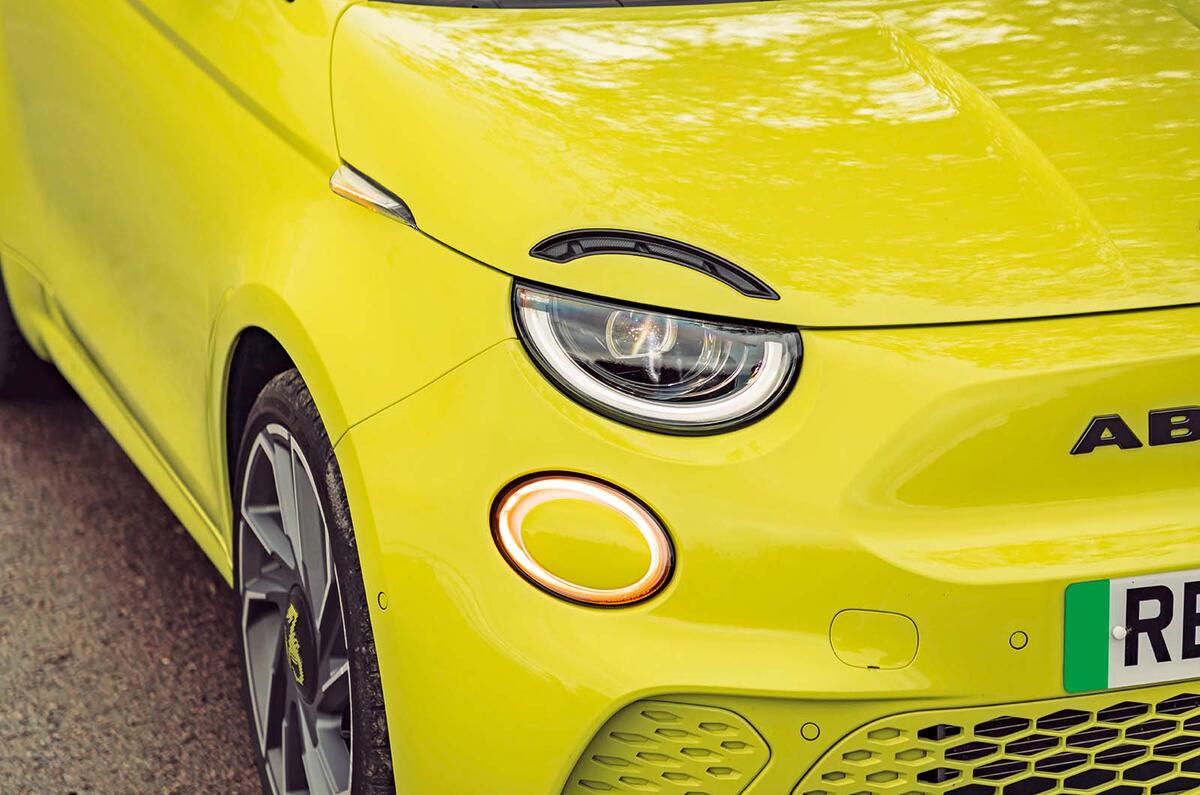
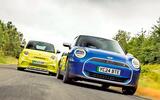
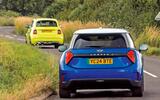
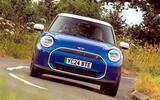
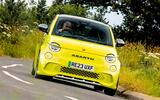
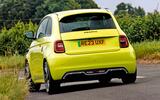
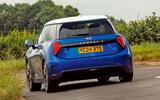
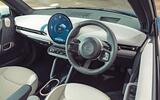
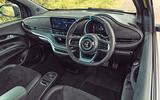

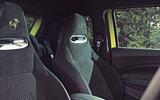
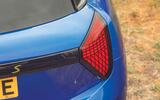
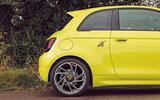
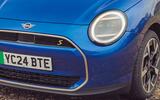
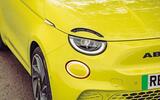






Join the debate
Add your comment
Here's another difference: The Fiat Abarth is made in Europe, whereas the Mini Cooper is made in China. Autocar shies away from discussing the elephant in the room. Does the west want to make cars? It's time to decide.
Having owned various Cooper Ss of differening vintages including the latest, I have to say the SE is a lovley way to travel. Fun when you want it, undeniably comfortable and happy, neat and swift on the road, and as perfectly sensible in terms of road-acreage as you could want. You won't feel tired at the end of a long journey, and you'll probably be smiling.However, it's electric and I can't home-charge in my apartment, so it's a hard no from me.And until the UK infrastucture improves, and/or the battery technology gives something approaching around a 400 mile range in a body no larger than this, it will remain impossibly impractical for many like me.
There is no underlying reason why these models should be expensive, given how fast battery prices are falling. Legacy manufacturers are just trying to encourage ICE car sales because they make more profit from servicing them. Regarding the complete lack of information in this test about how much less polluting these EV models are than the corresponding ICE models, Autocar should be ashamed of their own toxic attitudes. People are buying EVs because they are less polluting. So why don't dinosaur motoring journalists acknowledge that?